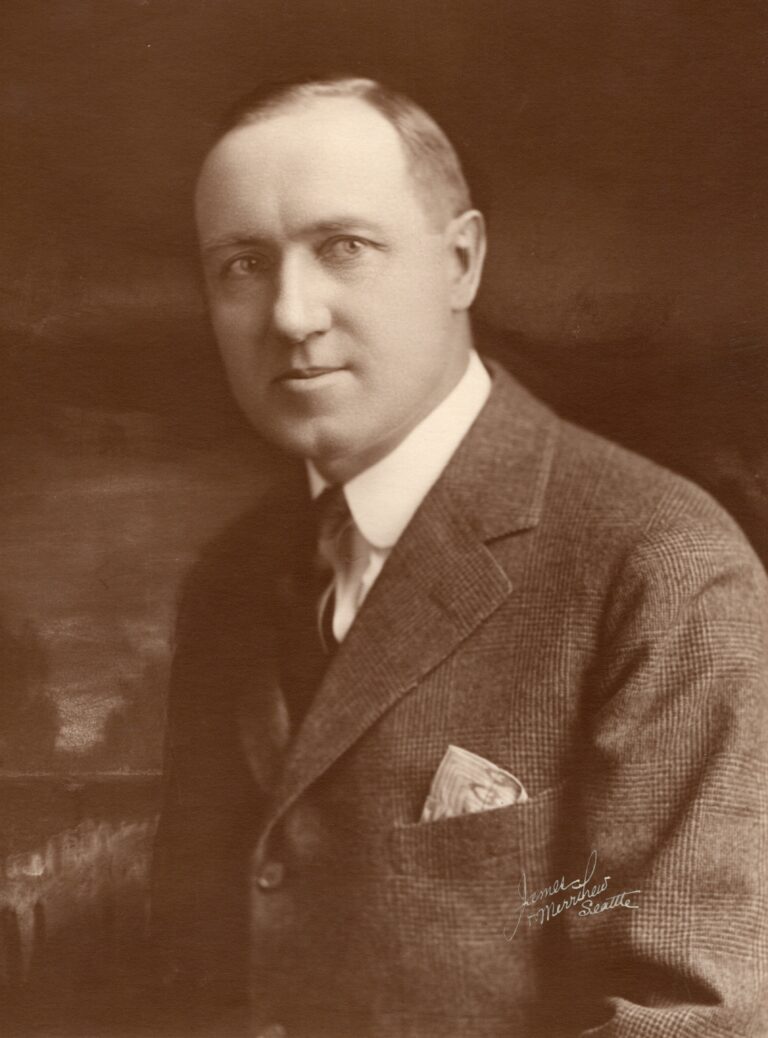Over 100 Years of History
fine fruit producer historic structures 70 acres of winegrapes
An historic estate with a home designed by Frank Chamberlin Clark
A Fruitful Past
Operated by the Parsons Family since 1908
Hillcrest Orchard is one of the oldest continuously-owned family farms in the Rogue Valley. With several other business partners, Seattleites Reginald H. Parsons and Maude Bemis Parsons purchased the already-established orchard from J.W. Perkins in 1908. In a letter to his mother, Reginald declared that it was “some of the very best pear and apple lands in the world.”
“I wish I could describe to you, mother dear, the beauties of the surroundings of the orchard; the glorious valley, the river, the mountains, generally snow capped, the thousands of fruit trees grouped in hundreds of orchards on highland and lowland.”
Reginald Parsons actively managed the land, planting several new varieties of pears, apples, and peaches. The rapid improvements to Hillcrest attracted widespread attention, and after only four months of ownership local newspapers devoted large editorials to Hillcrest, noting that “there is no finer orchard in all the valley.”
While the Parsons and their business partners expected to sell the property at a profit after five years, Reginald and Maude instead fell in love with the orchard and within two years had bought their partners out. While the Parsons’ continued to primarily live in Seattle, Hillcrest House was their cherished summer home for the rest of their lives.
Historic Structures
Well-known architect Frank C. Clark designed many of the buildings at Hillcrest Orchard, including the 1917 main residence. Maude Parsons was actively involved in Clark’s process of designing the two-story home, which features a distinctive Y-shaped plan and a louvered cupola. The house also has four sleeping porches — Reginald and Maude believed in the curative powers of fresh air.
Clark also designed the other Colonial period buildings near the residence, including a small free-standing office (1917), a guest house (1926) and a recreation hall (1919). Clark also designed the packing house (1926), located east of the residence area. The carriage house and garage, which were not designed by Clark, date from 1911.
Other historic buildings at Hillcrest Orchard include a large barn (circa 1900), which now houses the tasting room for RoxyAnn winery, a smaller cow barn (1910), a wagon shed (1912), and a wash rack (1923)
The United States Department of the Interior added the Hillcrest Orchard Historic District to the National Register of Historic places in 1984. The State of Oregon designated Hillcrest Orchard as a Century Farm 2008.
The Orchard & Vineyard
The agriculture at Hillcrest Orchard is now leased to and operated by Reginald & Maude Parsons’ grand and great grandchildren.
Beautiful fruit is still grown on the estate but on a smaller scale by Century Farm Fruit Growers; owned by Reginald and Maude’s grandchildren Jud and George Parsons and Hugh Brady. Juicy pears, apples, and peaches are still a favorite in the Rogue Valley. There is a fruit stand at the orchard that seasonally sells peaches, pears and apples grown on the 48 acres of tree fruit ground. Gift boxes of pears are available in December. Most of the pear production is packed by Naumes Inc. for commercial sales.
Approximately 70 acres of winegrapes are grown by Foothill Vineyard under great grandson Chad Day’s leadership. Award winning wines are made with the grapes at the RoxyAnn Winery also located on the estate.
Original Settlers
Pioneer Samuel Bowen settled the land where Hillcrest Orchard is located in 1853. In 1868 Bowen sold his property to Jesse Richardson who also purchased an adjoining donation land claim to the west from Amos Blue. William H. Stewart, whose father Joseph Stewart developed the region’s first commercial orchard in the late 1880s, bought the tract composed of land from the Bowen and Blue claims in 1889 and planted apple and pear trees. In 1903, William Stewart sold to Julian W. Perkins, of Portland, Oregon. Perkins named his orchard “Hillcrest” and built a new residence on Hillcrest Road. Five years later, Hillcrest caught the attention of Reginald Hascall Parsons who purchased the orchard and whose family continues to maintain the property today.
Hillcrest Orchard's Early Years
During Hillcrest Orchard’s early years workers watered the trees from a horse-drawn tank wagon until irrigation district water became available in the 1920s. Through the same period, crews used horses and mules to operate farming equipment. As trees came into bearing at Hillcrest Orchard, employees picked the fruit and hauled it to the railroad in Medford for shipment back East. Reginald Parsons organized the Pinnacle Packing Company, for which a building was built in 1917. For years, Hillcrest sold fruit to Pinnacle, one of the major fruit packing houses in Medford. Mr. Parsons remained a co-owner of the packing company until his death. In later years, Southern Oregon Sales (S.O.S), a local agricultural cooperative begun in 1926, packed Hillcrest pears for shipment as well as fruit from other orchards. In New York and other large cities brokers sold the fruit at auctions. Both domestic and European purchasers bought Hillcrest pears and apples from these busy centers.
The Great Depression
During the Depression and World War II years the Parsons family retained their employees and kept the fruit trees in healthy condition. By 1938, Reginald Parsons had gradually removed all the apple trees and replaced them with pears since the latter were more profitable. As the older pear trees declined in production, workers replaced them with new stock. Today, some of the orchard’s earliest pear trees remain standing, producing Hillcrest “century pears.”
National Register of Historic Places
Widely recognized for its architectural and historic significance, Hillcrest Orchard was listed in the National Register of Historic Places in 1984. The eleven historic buildings included on the Register and their construction dates are:
- Barn: c. 1900
- Packing House: c. 1906 (1926)
- Cow Barn: c. 1910
- Electric Car Garage: 1911
- Wagon Shed: c. 1912
- Garage: 1912
- Main Residence: 1917
- Office: 1917
- Recreation Hall: 1919
- Wash Rack: c. 1923
- Guest House: 1926


